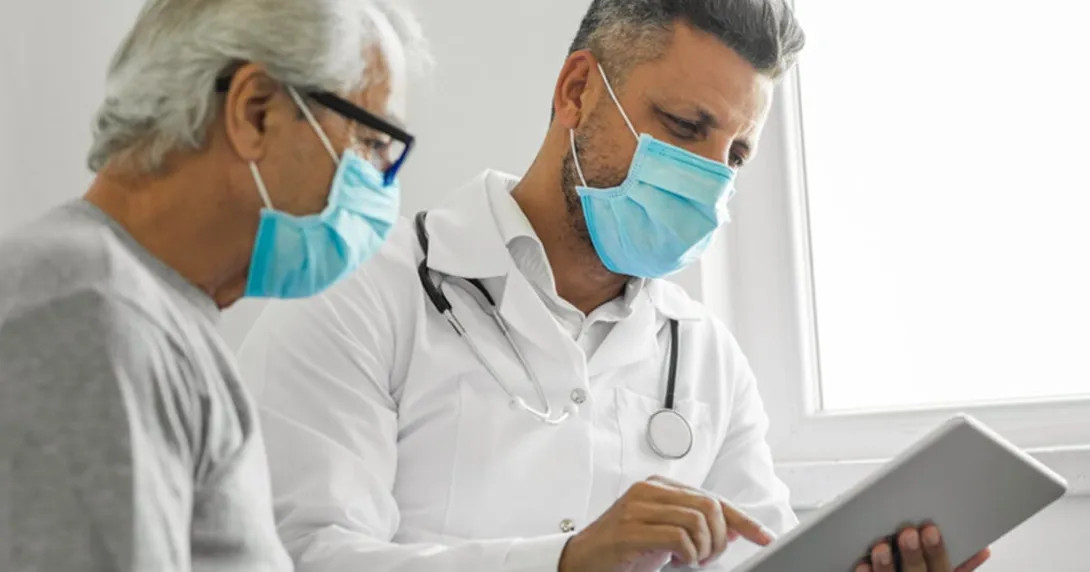Stillwater Medical Center found a way to streamline computerized provider order entry – and it improved the experience for physicians and patients alike.
The inspiration behind Stillwater’s initiative?
"We have an old building that isn't really built for patient flow," said Liz Michael, chief nursing officer and vice president of patient care services at Stillwater Medical Center. "We realized that we spent a lot of time going up and down the halls hollering for people."
The ideal patient call system, Michael explained would be one that could "integrate with our medical record, so when you push a button or pick up a phone and say, 'I want the charge nurse for room 317, it would go to that person.'
In her talk at HIMSS16 titled "Communication and EHR Integration Improves Patient Experience," Michael will show how integrating mobile communication technology with CPOE and the nurse call system led to some big gains at the 117-bed hospital: increased accuracy and efficiency, quicker response times and more satisfied patients.
"For a long time, that wasn't possible." she added. So when were finally able to integrate our EHR and call system with a tool that would make that happen, there was a lot of happy dancing."
Stillwater started off with the nursing staff, "and then, as we proceeded with CPOE, we had a few departments that were missing their new orders, and we tried to find a way that, when we put a new order in, it would notify those people," Michael said.
"Trying to find that solution took a while. But eventually we were able to do that with our respiratory care orders: Whenever that order was put in by our physician, it immediately notified respiratory that they had a new order. And again, more happy dancing."
There were challenges along the way, to be sure – most related to "getting one system to talk to another system," she said. "You've got to try this interface, it doesn't work, try another interface. We finally found one that worked very well among the products we have."
Persistence paid off, and Stillwater found what it was looking for with Vocera technology that enables most CPOE orders to be sent directly to staff wearing a Vocera badge. "We've just continued to work with that, and not accept 'No,’” Michael said. “Just push harder and keep pushing until we find a solution."
Another key to success was getting buy-in from clinical staff.
"We included physicians in the planning, and we had a dedicated physician making sure the order sets were built in a way the physicians could maneuver them,” she said.
Enabling mobile communication has helped in numerous ways: better collaboration across the care team, regardless of specialty or location, setting the stage for fewer order errors, and improving patient satisfaction.
Now, when a patient pushes the call light, it goes directly to the nurse, who answers it from wherever. "You're saving a lot of steps, and the patients feel they can immediately get ahold of their nurse.
"Using these tools, you're there with the patient," said Michael. "You're not having to spend so much time away from the bedside. You don't have missed orders, or delayed orders. You're taking care of the patients in a more timely manner, it enhances the physicians' and the nurses' experiences, because they're not running all over the place. I think that's good for everybody."
"Communication and EHR Integration Improves Patient Experience" is slated for March 2 from 2:30 ot 3:30 p.m. in Delfino 4004 at HIMSS16 in the Sands Expo Convention Center in Las Vegas.
Twitter: @mikemiliardHITN


